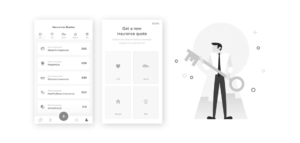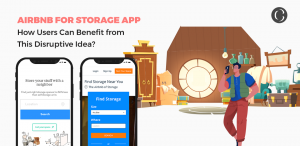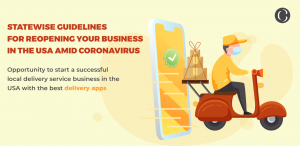An Ultimate Guide to Developing a Successful Ed-Tech Website/App Step #1: Market Analysis

According to the survey, the global online education market is estimated to grow by 9.23% between 2020-2025 and will reach a total market size of USD 319.167 billion in 2025 from USD 187.877 billion in 2019.
Covid-19 pandemic has accelerated this growth when a total of 189 countries have announced nationwide closures, which affected more than 1200 million student education, according to UNESCO data.
Edtech was the only handy option left with schools as well as parents, who didn’t want to compromise the children’s education. Saiju Aravind, the founder of EduBrisk, quoted in a media that, “The pandemic will not last, but the world will realize the power of online learning.”
Potential of the ed-tech market:
- Globalization and growth:
The sum of expenditure by governments, individuals, and corporates on education and training, is expected to reach USD 10T by the year 2030.
In 2018, the education industry spent USD 142B on digital, which is expected to increase up to USD342B by 2025.
- Global demographic change:
The global population grows by about 200,000 people each day. So, by 2030 another 1 billion people likely to be added and increase enormous pressure on current education models to scale effectively and sustainability, which gives immense opportunity to the Ed-tech industry to grow.
- VC investment:
Venture Capital investment is the ultimate driver of the Ed-tech industry. In 2015, there were 10 listed education companies with Market Cap > USD 1B, which increased to 30 in 2018 and expected to increase more than 100 by 2025.
- Advancement in technology:
Applications of advanced technology in the education industry will begin to hit their tramps by 2025 with AR/VR, and Artificial Intelligence will dominate in the core education delivery and learning processes. Most likely to start in the corporate and non-authorized sectors.
- Geographic potential:
Giant market players of the Ed-tech:
There are many established market players in the Ed-tech industry, but that should not avert ambitious startups from entering the market. Instead, let’s learn about the best amongst them.
It is the USA-based leading MOOC platform with thousands of courses on any subject. Most of the content is free unless users want to attain specializations or shareable certificates.
It is the USA-based personalized learning platform partnered with NASA, MIT, The Museum of Modern Art, The California Academy of Sciences, to offer specialized content. It is a non-profit organization, survives on volunteer help and donations.
It is an India-based learning platform with a learning app. It is focused mainly on the K12 segment and recently launched the K5 app for 4th and 5th-grade students.
iTutorGroup is a China-based premier language learning platform in the world and also avails live human-to-human interactions through its platform. iTutorGroup’s award-winning education platforms are TutorABC, vipJr, tutorJr for English-language learning, TutorMing for Mandarin Chinese-language learning, and LiveH2H is an open platform for live interactions and experts-on-demand.
It is the USA-based upskilling platform. It helps employees to gain education through their employer’s tuition benefits.
How we can build an ed-tech app within just 7 days?
We are a leading web and mobile app development company. We are having one of the most exceptional infrastructures in a popularly known diamond city. 247+ small and large scale solutions delivered across the globe. In this COVID-19, we are 100% operational remotely, which includes 126+ developers, designers, business experts, and legal advisers.
We will not just help you withdeveloping solutions for your idea but will guide you through the process of market analysis, finding targeted customers. Our legal advisers will help us throughout the process to avoid breaking any rules and regulations of the country.
Our team has invested a lot of time to define an excellent app for ed-tech in 5 steps; we would suggest you read the next essential step 2 Identify the potential user base and build a system accordingly.
3 people are active right now to give you a live project demo in case you want to skip step 2. Click ?? below and request a demo.

*All image credits: HolonIQ








